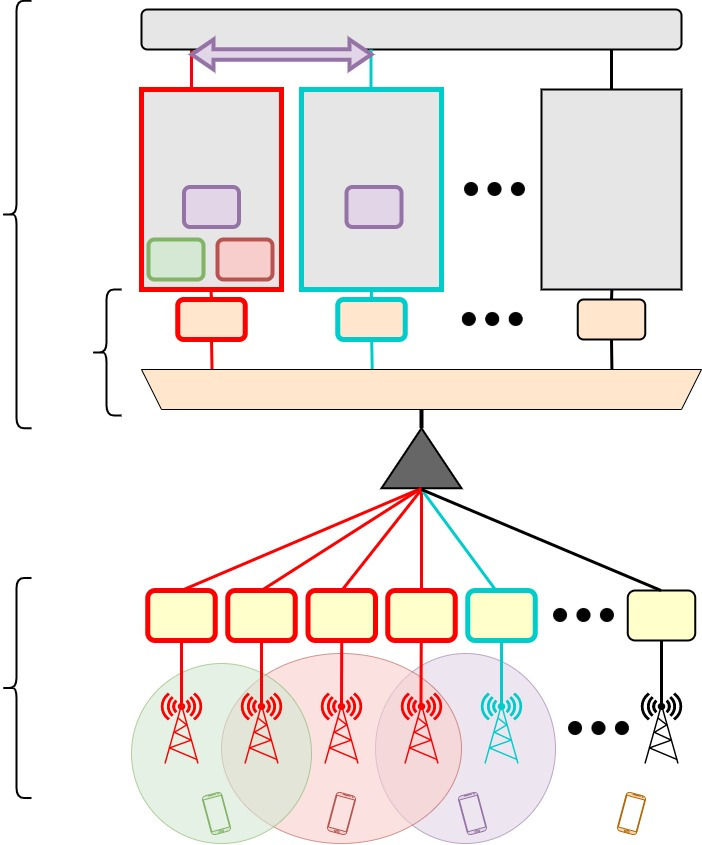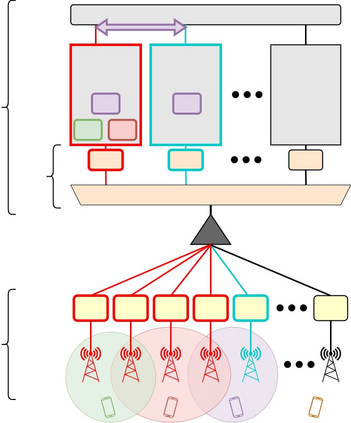Previous works on cell-free massive MIMO mostly consider physical-layer and fronthaul transport aspects. How to deploy cell-free massive MIMO functionality in a practical wireless system is an open problem. This paper proposes a new cell-free architecture that can be implemented on top of a virtualized cloud radio access network (V-CRAN). We aim to minimize the end-to-end power consumption by jointly considering the radio, optical fronthaul, virtualized cloud processing resources, and spectral efficiency requirements of the user equipments. The considered optimization problem is cast in a mixed binary second-order cone programming form and, thus, the global optimum can be found using a branch-and-bound algorithm. The optimal power-efficient solution of our proposed cell-free system is compared with conventional small-cell implemented using V-CRAN, to determine the benefits of cell-free networking. The numerical results demonstrate that cell-free massive MIMO increases the maximum rate substantially, which can be provided with almost the same energy per bit. We show that it is more power-efficient to activate cell-free massive MIMO already at low spectral efficiencies (above 1 bit/s/Hz).
翻译:先前关于无细胞大规模IMO的工程大多考虑物理层和前方运输问题。 如何在实用无线系统中部署无细胞大型MIMO功能是一个开放的问题。 本文提议了一个新的无细胞结构,可以在虚拟云层无线电接入网络(V- CRAN)之上实施。 我们的目标是通过共同考虑无线电、光正面、虚拟化云处理资源和用户设备光谱效率要求,最大限度地减少终端到终端的电力消耗。 所考虑的优化问题以混合的二阶锥形组合编程形式出现,因此,使用分支和约束的算法可以找到全球最佳办法。 我们提议的无细胞系统的最佳节能解决方案与使用V- CRAN的常规小细胞相比,以确定无细胞联网的好处。 数字结果显示,无细胞大型IMO将大幅提高最大速率,可以提供几乎相同的能量。 我们显示,在低光谱效率的情况下激活无细胞大型IMIMO(BBB/s/Hz)。






